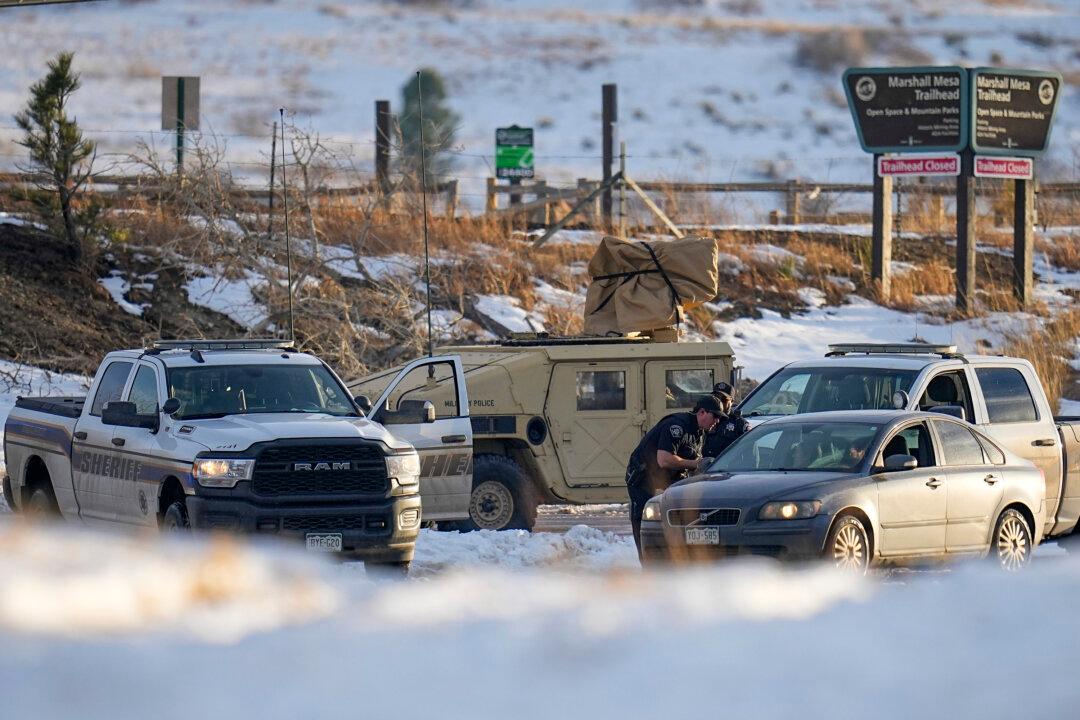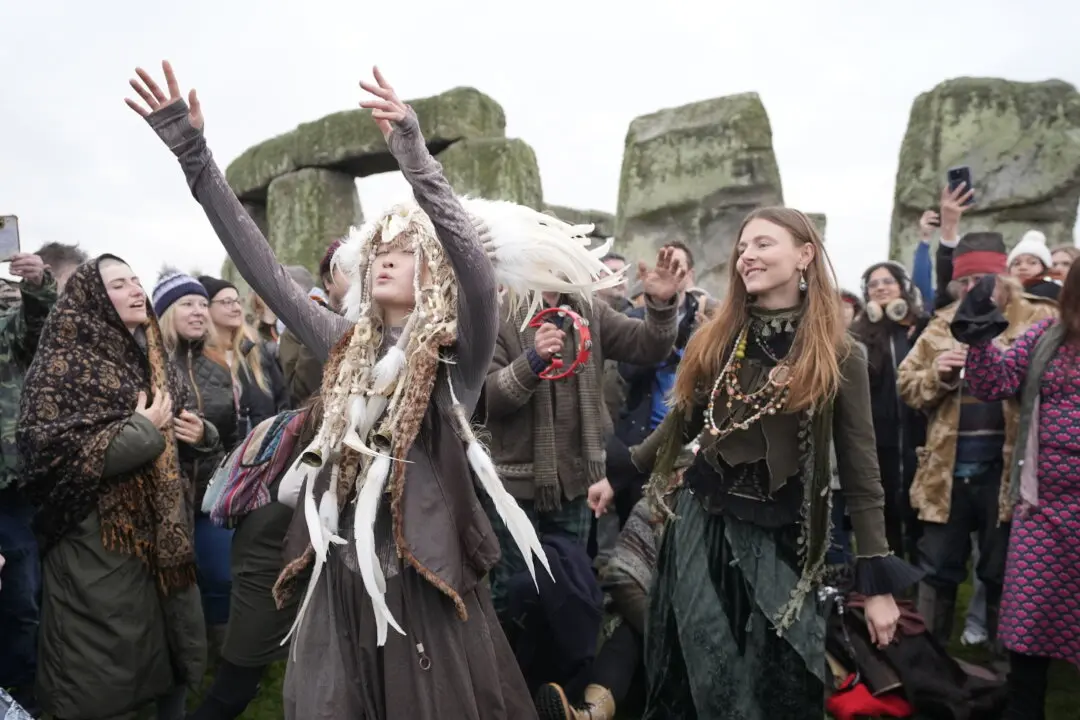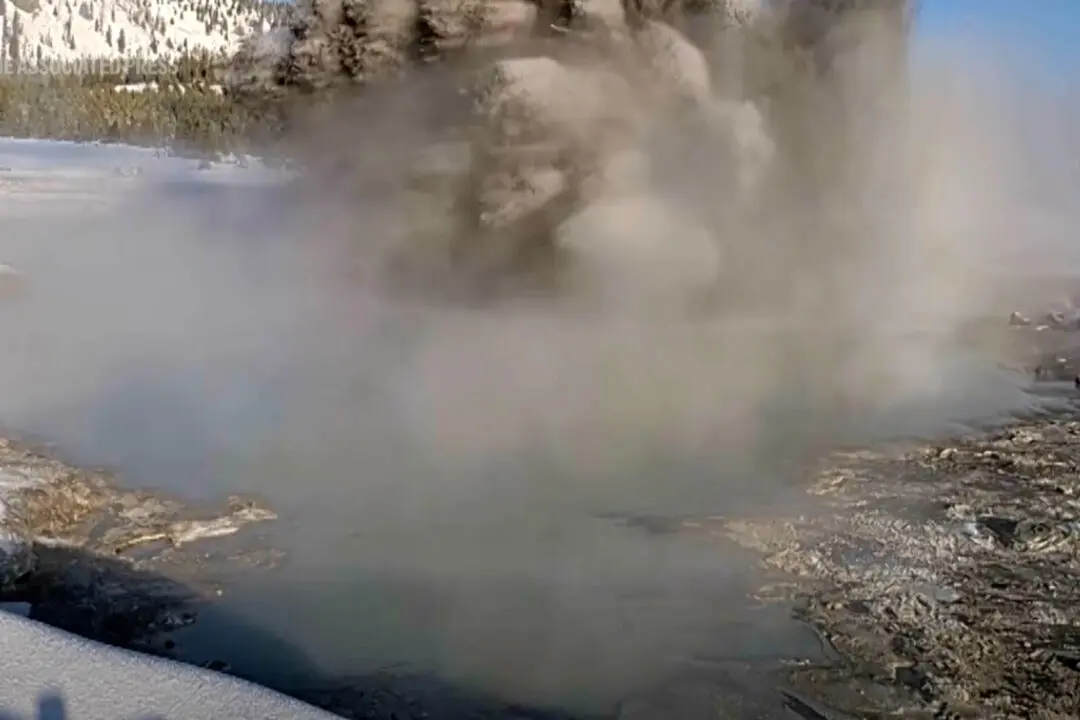BOULDER, Colo.—Colorado firefighters have boxed in the big fire that destroyed nearly 1,000 homes in their effort to prevent it from spreading—but officials warned Tuesday that gusty winds expected ahead of a snowstorm could cause flareups in the burn zone between Denver and Boulder.
About 200 firefighters were working to douse smoldering spots in damaged buildings and bone dry vegetation that serves as tinder to fan wildfire flames as the gusty winds descended from the Rocky Mountains.





